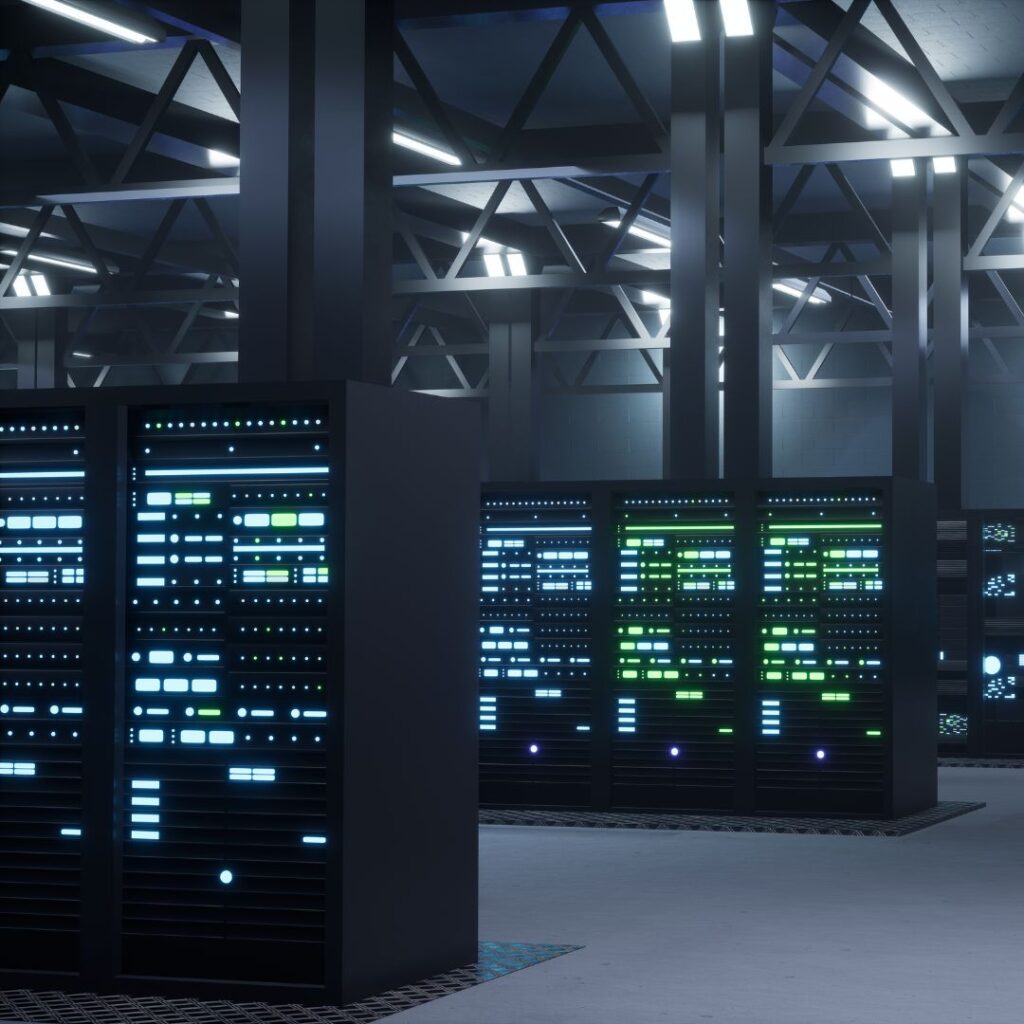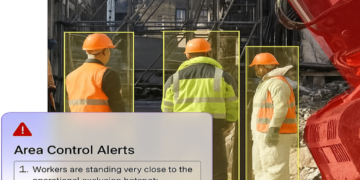In our increasingly digital world, the data center has become the bedrock of business. It’s the secure home for your most valuable asset: your data. Whether you’re a burgeoning startup or a global enterprise, the decision of where to house your digital infrastructure is a critical one. Choosing the right data center location is about more than just finding a space with servers; it’s a strategic decision that can impact your performance, security, and bottom line.
1. Location, Location, Latency
The physical location of your data center has a direct impact on performance. The closer your data center is to your end-users, the lower the latency. Low latency means faster load times, a smoother user experience, and a competitive edge.
- Proximity to Your Audience: Where are your customers? If you have a large user base in a specific region, it makes sense to choose a data center in that area. For businesses targeting the booming Indian market, a data center in Mumbai, a major financial and technological hub, can offer significant advantages.
- Network Connectivity: A data center’s value is intrinsically linked to its network. Look for a location with a robust and diverse fiber optic network. A carrier-neutral facility, one that allows you to choose from multiple network providers, will give you the flexibility to find the best balance of cost and performance.

2. Power and Redundancy: The Lifeblood of Your Operations
Data centers are power-hungry facilities. A reliable and redundant power supply is non-negotiable.
- Power Grid Stability: Investigate the stability of the local power grid. Is the area prone to outages? A data center should have multiple, independent power feeds to ensure a consistent supply.
- Backup Power: What happens when the grid goes down? A top-tier data center will have robust backup power systems, including uninterruptible power supplies (UPS) and diesel generators, to keep your operations running smoothly during an outage.
3. Security: Protecting Your Digital Assets
Security is paramount. A data center should offer a multi-layered security approach to protect your infrastructure from both physical and digital threats.
- Physical Security: Look for features like 24/7 on-site security personnel, video surveillance, biometric access control, and a secure perimeter.
- Cybersecurity: While you are responsible for securing your own data and applications, the data center provider should have measures in place to protect their own infrastructure from cyber threats.
4. Scalability and Flexibility: Future-Proofing Your Growth
Your business is going to grow, and your data center needs to be able to grow with you.
- Scalable Space and Power: Choose a data center that can accommodate your future needs. Can you easily add more racks, power, and cooling as your requirements evolve?
- Flexible Contracts: Look for a provider that offers flexible contract terms. You don’t want to be locked into a long-term contract that doesn’t meet your changing needs.
5. Disaster Preparedness and Recovery
Natural disasters can strike anywhere. It’s crucial to choose a data center in a location that is at low risk for natural disasters like earthquakes, floods, and hurricanes. The data center should also have a comprehensive disaster recovery plan in place to ensure business continuity in the event of an emergency.
Conclusion: A Strategic Partnership for a Digital Age
Choosing a data center is not just a real estate transaction; it’s a strategic partnership. The right data center will provide you with the secure, reliable, and scalable foundation you need to thrive in the digital age. By carefully considering these key factors, you can find a digital fortress that will protect your valuable data and empower your business to reach its full potential.
FAQs
1. What is latency and why is it important?
Latency is the delay in data transfer between the user and the server. Lower latency means a faster and more responsive experience for your users. For applications where real-time interaction is crucial, such as e-commerce or online gaming, low latency is essential.
2. What does “carrier-neutral” mean?
A carrier-neutral data center is not tied to a single network provider. This gives you the freedom to choose from a variety of carriers, allowing you to find the best fit for your needs in terms of cost, performance, and reliability.
3. What is the difference between a Tier 1, Tier 2, Tier 3, and Tier 4 data center?
The Uptime Institute’s tier classification system rates data centers based on their level of redundancy and fault tolerance. Tier 1 is the most basic, while Tier 4 offers the highest level of reliability and uptime. The right tier for your business will depend on your specific needs and budget.

















